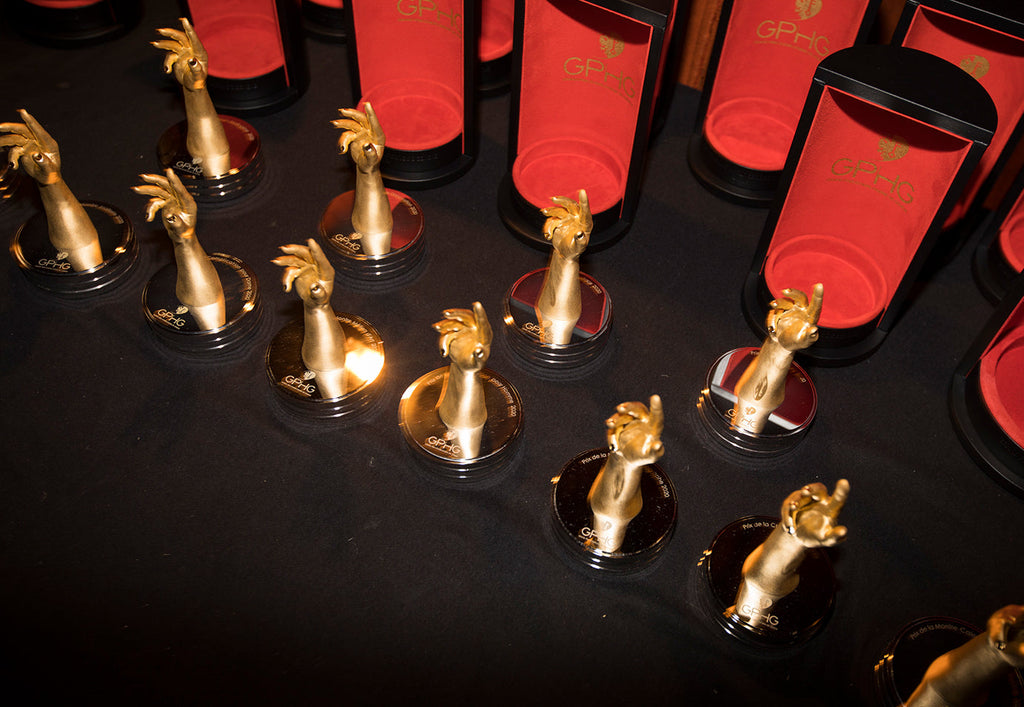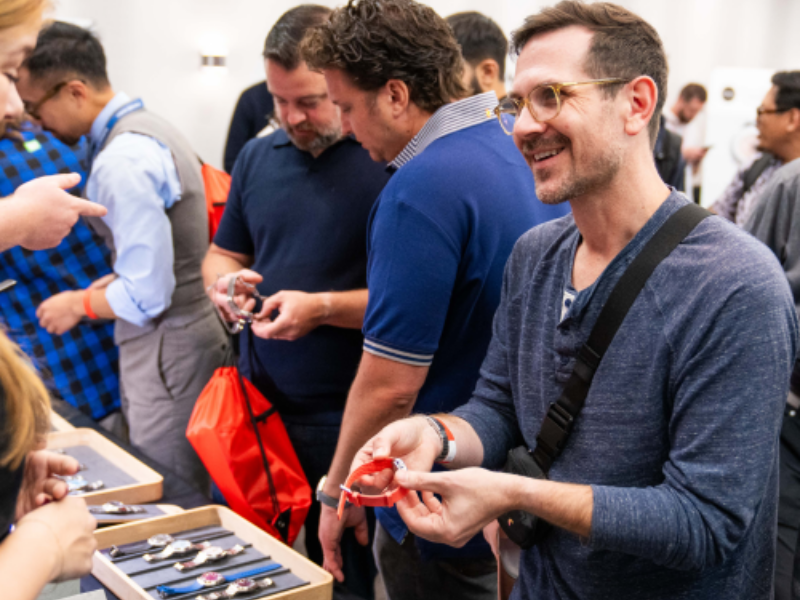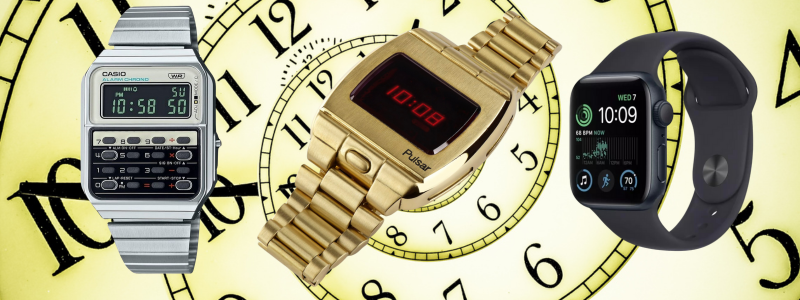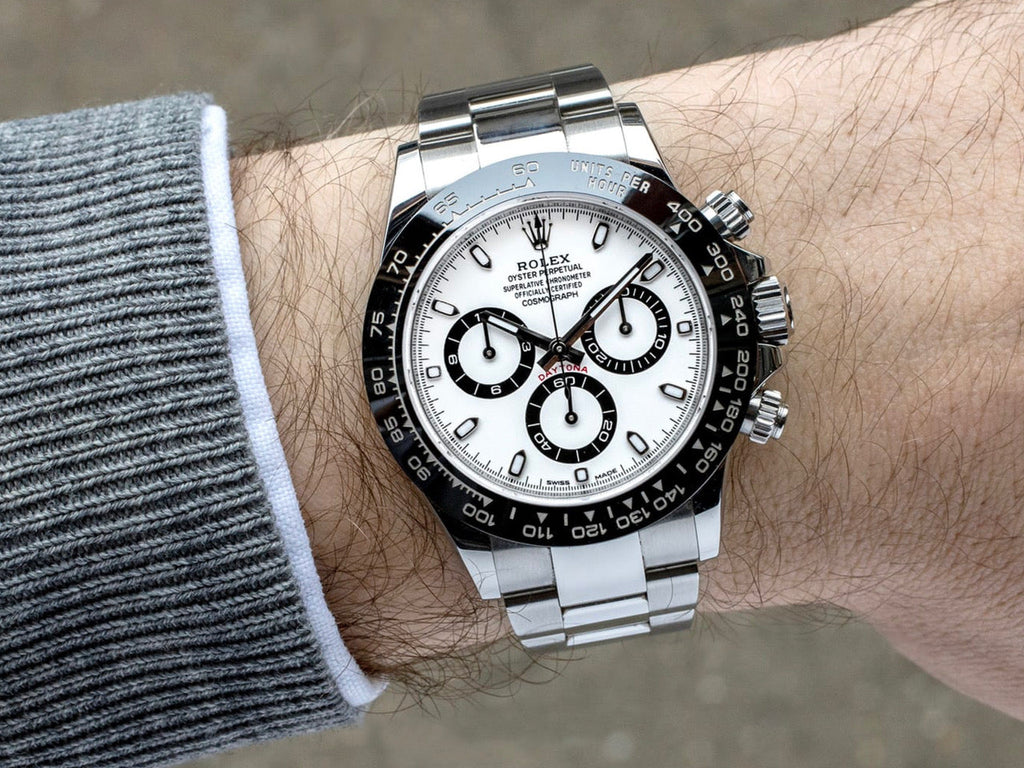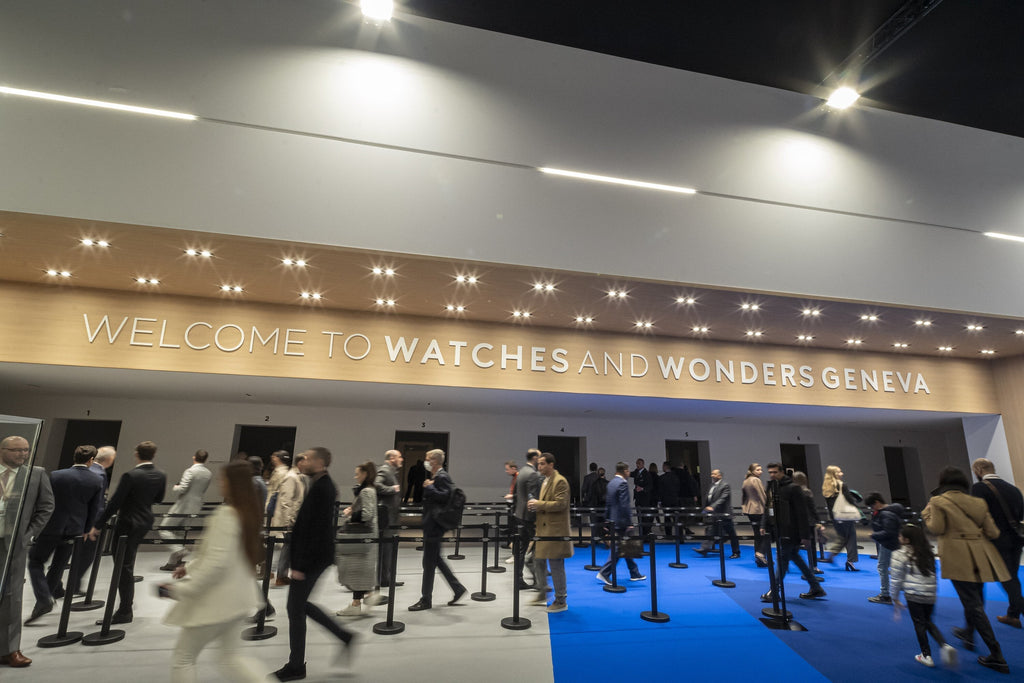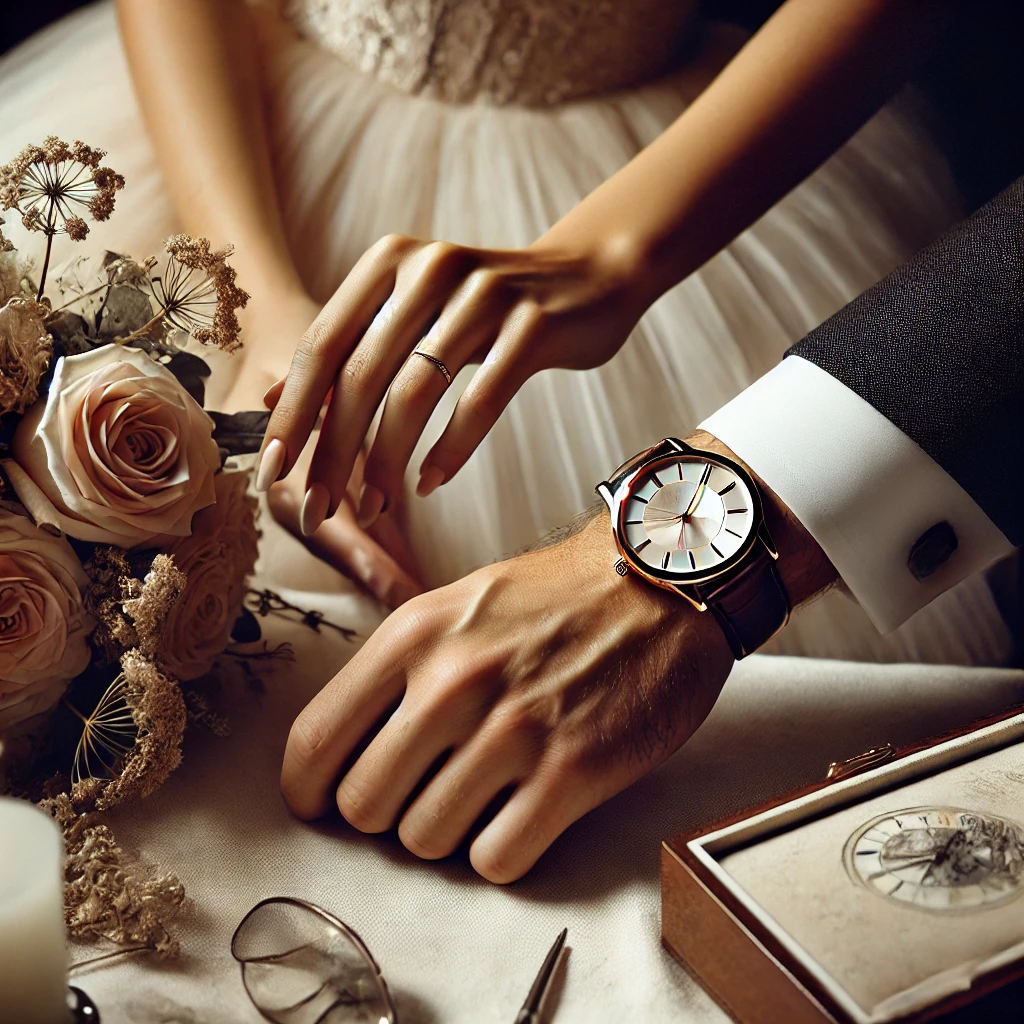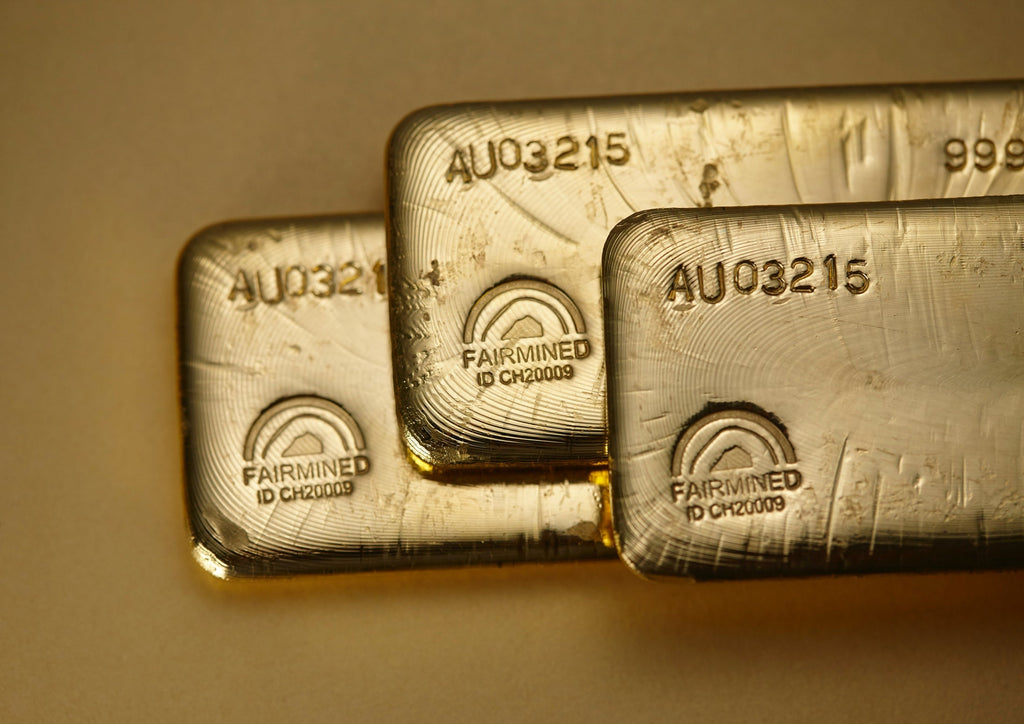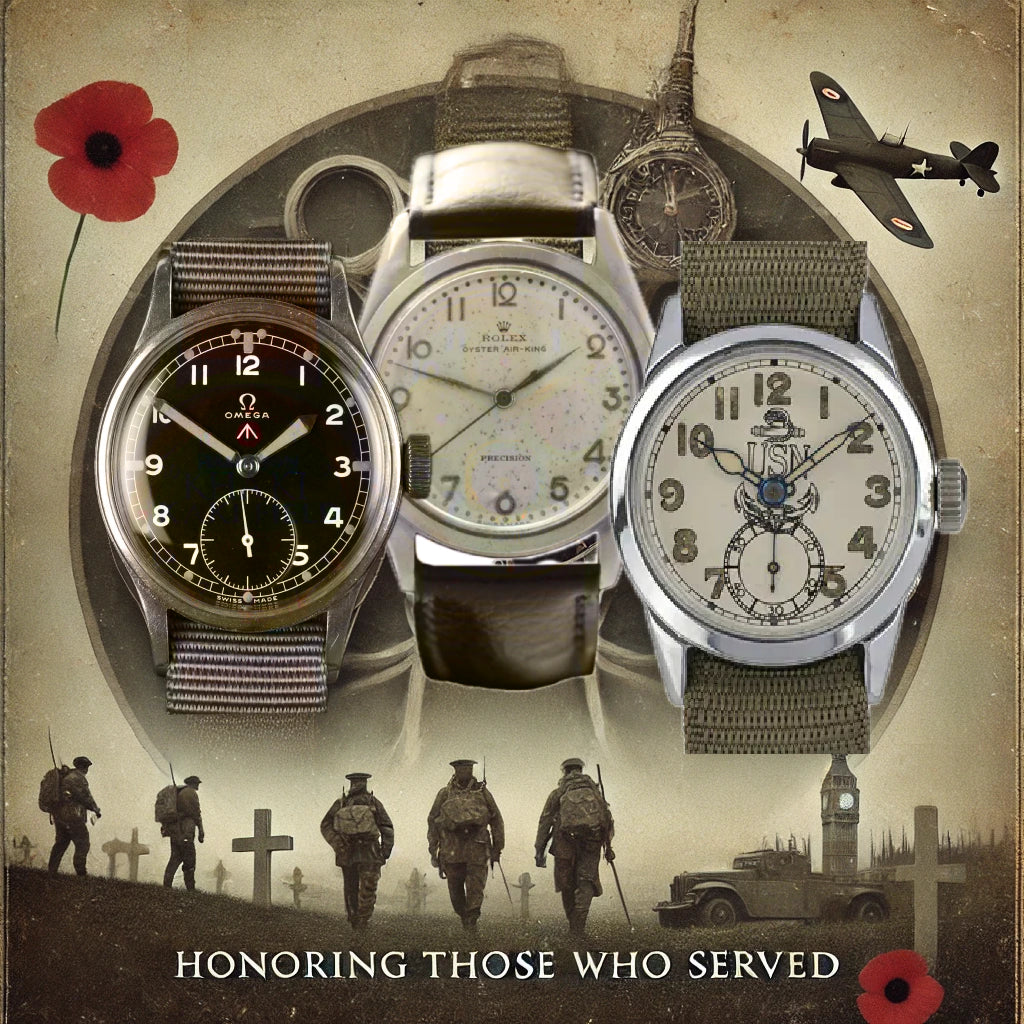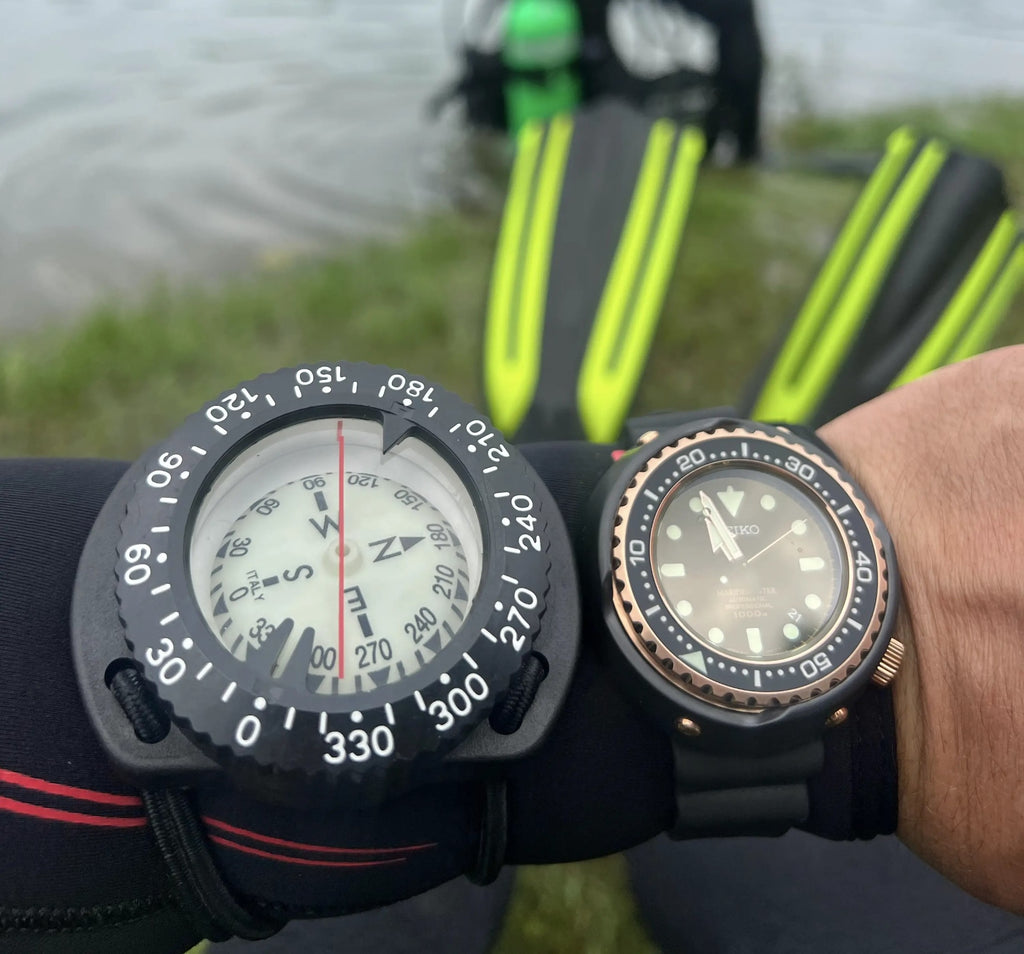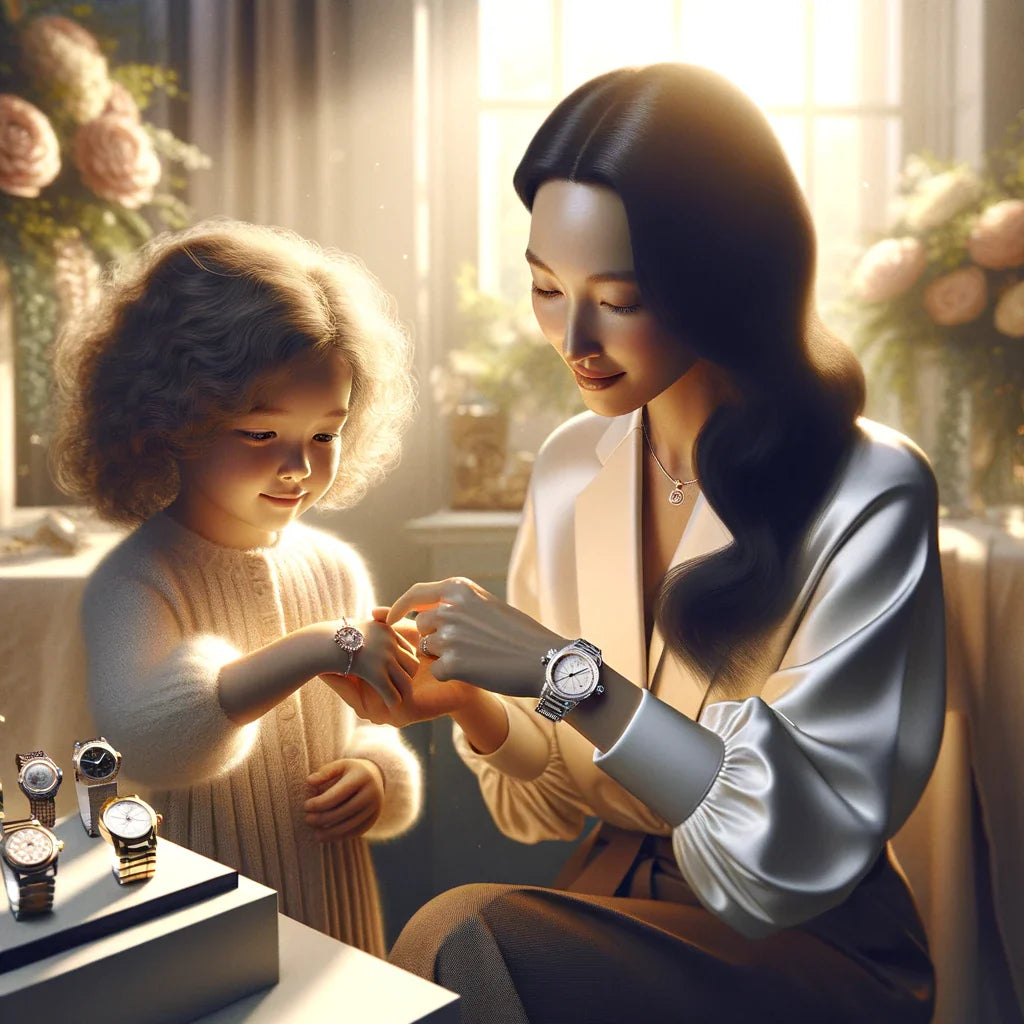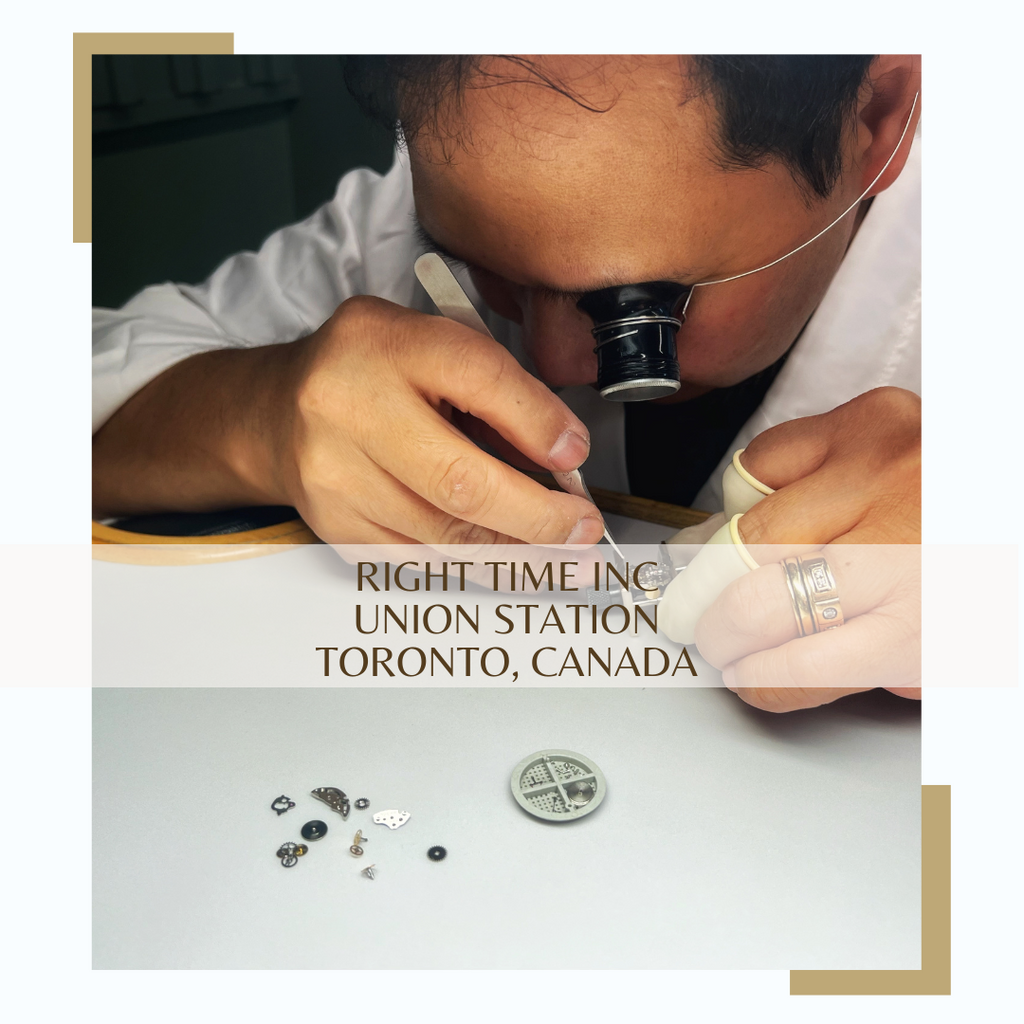Seiko is a Japanese watch brand that was founded in 1881. It is one of the oldest and most respected watch manufacturers in the world. Seiko is renowned for its innovation and advanced technology in the watch industry, including its development of quartz watches and kinetic watches. The brand offers a wide range of watches, from sporty and casual to elegant and sophisticated, catering to every watch enthusiast’s needs and styles. Seiko’s commitment to high-quality craftsmanship, precision, and durability has made it a popular choice among watch enthusiasts worldwide.
Seiko
Loading videos...
1881
Seiko is founded in Tokyo, Japan by Kintaro Hattori.
1895
Seiko produces its first pocket watch.
1913
Seiko produces its first wristwatch.
1924
Seiko introduces its first alarm clock.
1956
Seiko produces its first automatic movement.
1969
Seiko introduces the world's first quartz watch, the Seiko Quartz Astron.
1986
Seiko introduces the Kinetic watch, which converts kinetic energy into electrical energy to power the watch.
2005
Seiko introduces the Spring Drive watch, which combines mechanical and quartz technology for unprecedented accuracy.
2016
Seiko celebrates its 135th anniversary.
2019
Seiko unveils its Prospex LX line of high-end sports watches.



